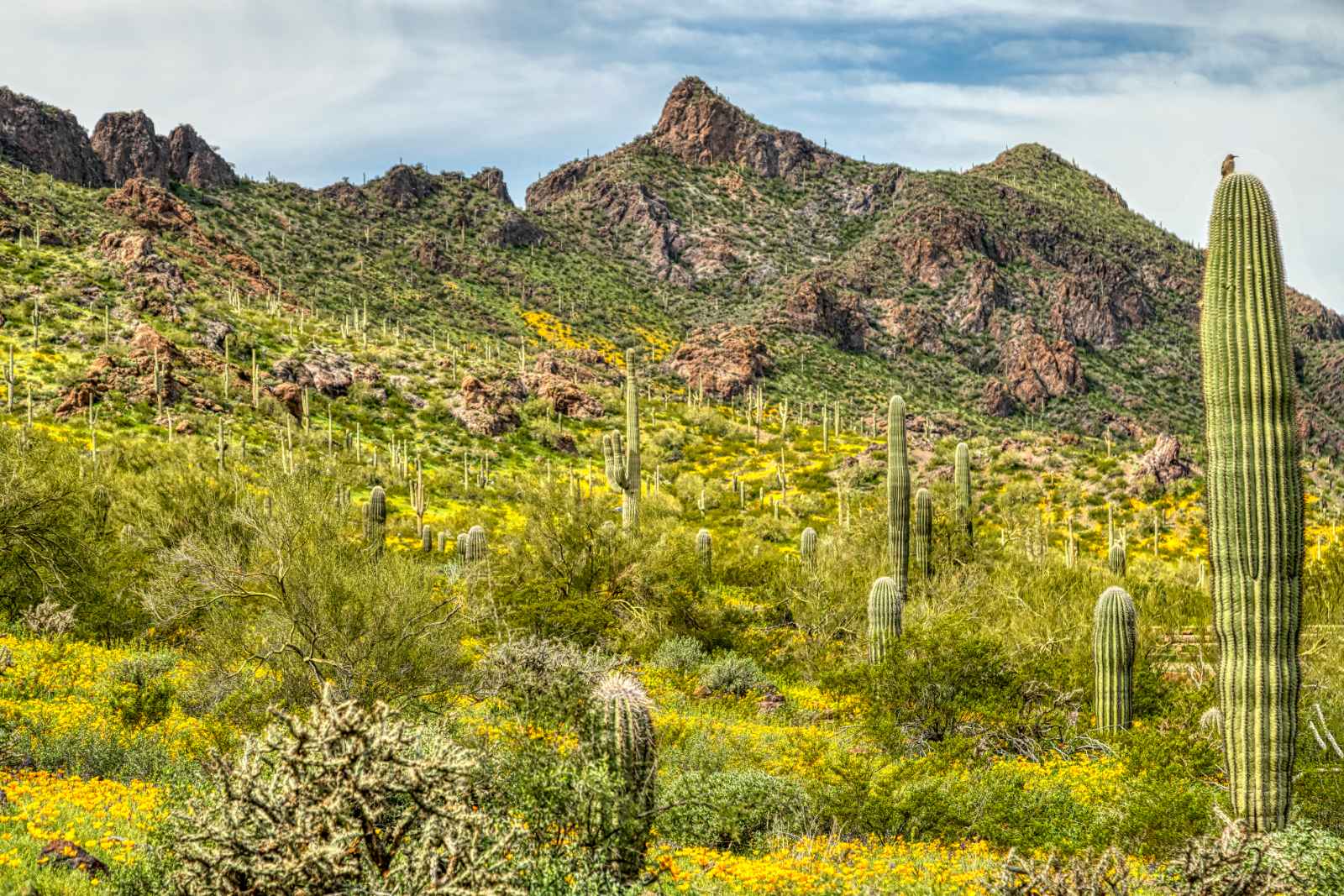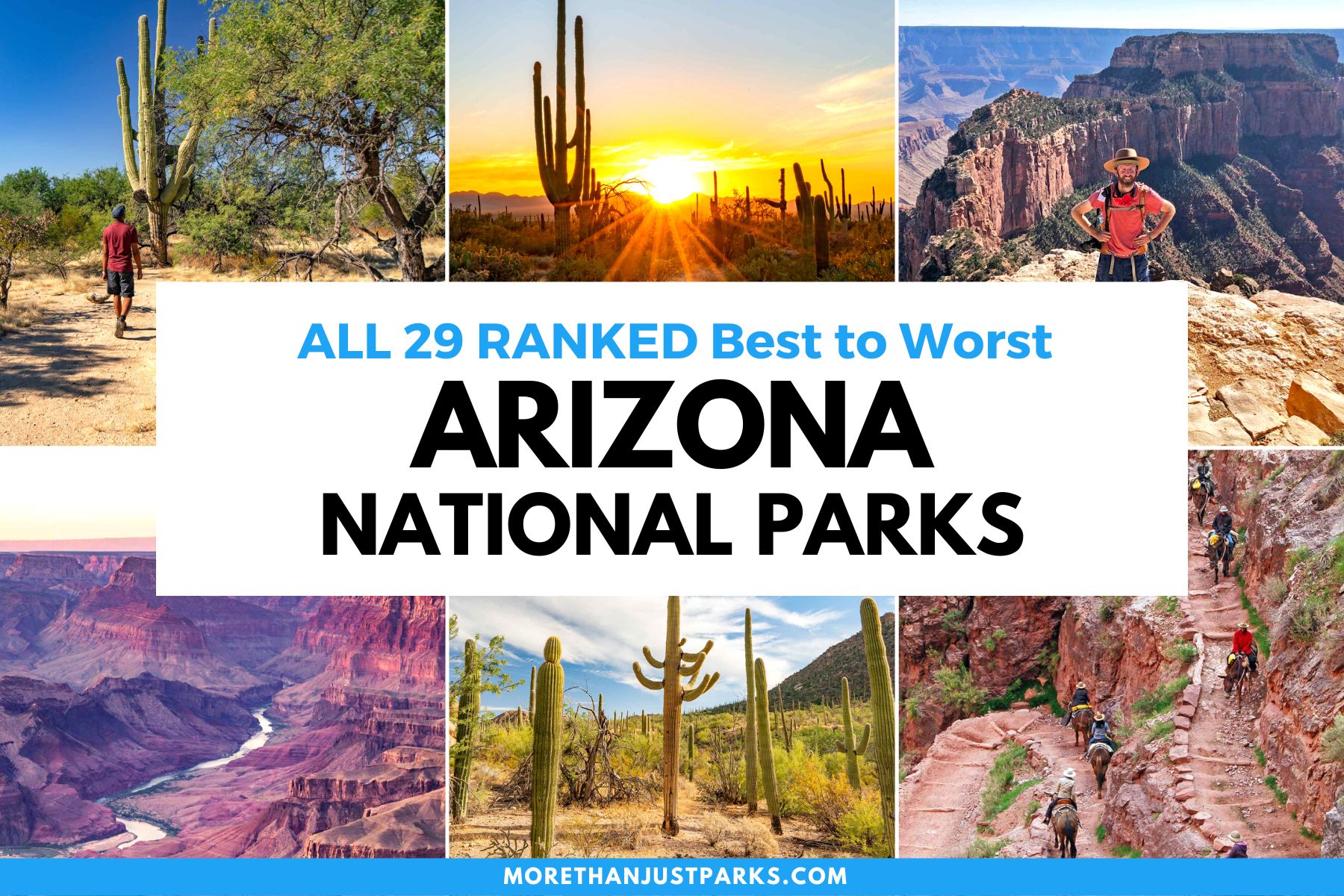:max_bytes(150000):strip_icc()/GettyImages-812890918-Tonda-62bb66fadc394357b68bb6879e03e628.jpg)
Arizona’s Natural Masterpieces: A Journey Through the Grand Canyon State’s Parks
Arizona, often painted in the popular imagination as a vast expanse of sun-baked desert, is in reality a land of astonishing contrasts and unparalleled natural beauty. While the colossal chasm of the Grand Canyon rightfully draws millions, to confine Arizona’s natural allure to this singular wonder would be to miss an entire universe of protected landscapes. From towering saguaros standing sentinel in ancient deserts to cool, subterranean caverns and vibrant, pine-clad mountains, the Grand Canyon State boasts a magnificent array of national parks, monuments, state parks, and tribal lands, each offering a unique window into its geological, ecological, and cultural soul. This article embarks on a journalistic exploration of Arizona’s parks, revealing the depth and diversity of its natural treasures.
The Indisputable Icon: Grand Canyon National Park
Any discussion of Arizona’s parks must begin with the Grand Canyon. It is not merely a canyon; it is a profound geological masterpiece, a mile deep, 18 miles wide, and 277 miles long, carved over millions of years by the relentless Colorado River. Designated a national park in 1919, its scale is almost incomprehensible, eliciting a visceral awe that few other places on Earth can match. "The Grand Canyon fills one with a sense of the divine," noted President Theodore Roosevelt, a staunch advocate for its preservation. "Do nothing to mar its grandeur… keep it for your children, your children’s children, and all who come after you, as the one great sight which every American should see."

Visitors flock to the South Rim for its easily accessible viewpoints like Mather Point and Yavapai, offering panoramic vistas that shift with the sun’s journey across the sky. The North Rim, higher in elevation and often cooler, provides a more secluded experience. Beyond the overlooks, the true spirit of the Grand Canyon is found in its depths – hiking trails like Bright Angel and Kaibab descend into its ancient layers, revealing a geological timeline stretching back nearly two billion years. For the adventurous, a multi-day rafting trip down the Colorado River offers an intimate, life-altering encounter with the canyon’s power and serenity. The Grand Canyon is more than a park; it’s a pilgrimage, a place where time seems to stretch and human concerns shrink in the face of such immense, enduring beauty.
Beyond the Chasm: Desert Gems and Ancient Forests
While the Grand Canyon dominates, Arizona is home to two other, equally captivating national parks that showcase different facets of its natural heritage: Saguaro National Park and Petrified Forest National Park.
Saguaro National Park, split into two districts flanking Tucson, is a living testament to the iconic cactus that defines the Sonoran Desert. Here, the majestic saguaro cactus, which can grow over 50 feet tall and live for 150 years or more, stands as a symbol of the American Southwest. These slow-growing giants create a unique desert forest, supporting a vibrant ecosystem of javelinas, coyotes, bobcats, and a plethora of birds that nest in their woody arms. The park offers scenic drives, miles of hiking trails ranging from easy loops to challenging backcountry treks, and an opportunity to witness the desert’s surprising biodiversity, especially during the spring bloom when wildflowers carpet the landscape. It’s a place to slow down, listen to the desert’s quiet hum, and appreciate the resilience of life in an arid environment.
Petrified Forest National Park, located in northeastern Arizona, transports visitors to a world millions of years old. Once a lush, tropical forest, the fallen trees were buried and mineralized, transforming into dazzling, rainbow-hhued stone. The park is a geological wonderland, where polished logs of petrified wood lie scattered across a dramatic, painted landscape. Beyond the ancient trees, the park also encompasses portions of the Painted Desert, a badlands formation characterized by its striking layers of reds, oranges, blues, and grays, sculpted by wind and water. It’s a paleontological treasure trove, with fossilized plants and animals offering clues to prehistoric life. The park’s diverse offerings also include ancient Puebloan ruins and petroglyphs, reminding visitors of the deep human history interwoven with this ancient landscape.
National Monuments: Diverse Narratives of Nature and Culture
Arizona boasts an impressive 18 National Monuments, each preserving a specific natural or cultural wonder that, while perhaps not reaching the "national park" scale, is no less significant. These monuments offer a granular look at the state’s incredible diversity:
- Montezuma Castle National Monument near Camp Verde preserves one of the best-preserved cliff dwellings in North America, a five-story, 20-room structure built by the Sinagua people into a towering limestone cliff around 1100 AD. It’s a poignant reminder of sophisticated ancient cultures thriving in challenging environments.
- Organ Pipe Cactus National Monument in southwestern Arizona is the only place in the United States where the organ pipe cactus grows wild. A designated UNESCO Biosphere Reserve, it protects a pristine example of the Sonoran Desert ecosystem, teeming with unique flora and fauna, and sharing a border with Mexico, adding a layer of binational conservation effort.
- Chiricahua National Monument, dubbed a "wonderland of rocks," features an extraordinary collection of balanced rocks, pinnacles, and spires formed from volcanic tuff, creating a surreal landscape for hikers to explore.
- Sunset Crater Volcano National Monument and Wupatki National Monument, located north of Flagstaff, offer a fascinating geological and archaeological pairing. Sunset Crater preserves Arizona’s youngest volcano, which erupted around 1085 AD, leaving behind cinder cones and lava flows. Nearby, Wupatki protects numerous ancient pueblos, whose inhabitants thrived in the wake of the volcanic activity, adapting to and utilizing the altered landscape.
- Canyon de Chelly National Monument, on the Navajo Nation, is a living cultural landscape. Unlike other parks, it’s co-managed with the Navajo Nation and allows for traditional land use. Its sheer red cliffs shelter ancient cliff dwellings and provide stunning vistas, but access to the canyon floor requires a Navajo guide, emphasizing its ongoing cultural significance.

These monuments, from the volcanic landscapes of Agua Fria to the Hohokam irrigation canals at Casa Grande Ruins, tell a fragmented yet cohesive story of Arizona’s geological evolution and its millennia-long human habitation.
Arizona State Parks: Local Treasures and Recreational Havens
While national parks capture global attention, Arizona’s state park system offers a more localized, yet equally rich, experience. These parks are often smaller, more accessible, and focus on specific recreational opportunities or unique local features.
- Slide Rock State Park in Oak Creek Canyon near Sedona is famous for its natural water slide formed by a slick sandstone streambed, offering a refreshing escape from the summer heat amidst stunning red rock scenery.
- Kartchner Caverns State Park near Benson is a "living cave," discovered in 1974 and protected as one of the world’s most pristine show caves. Its diverse formations, including the world’s longest soda straw stalactite, are still growing, meticulously preserved for visitors through guided tours.
- Lost Dutchman State Park at the base of the Superstition Mountains near Apache Junction is steeped in legend, offering challenging hiking trails, breathtaking views, and a connection to the enduring myth of the Lost Dutchman’s gold mine.
- Red Rock State Park in Sedona offers a tranquil escape, focusing on environmental education and providing stunning views of the iconic red rock formations of the Verde Valley.
- Picacho Peak State Park, known for its distinctive peak visible from afar, offers challenging hikes to the summit, especially popular during the spring when its slopes are adorned with vibrant wildflowers.
From the riparian beauty of Dead Horse Ranch State Park to the lake activities at Lake Havasu State Park, these state-managed areas provide vital recreational opportunities and protect diverse ecosystems, often serving as crucial wildlife corridors and educational centers for local communities.
Tribal Parks: Indigenous Stewardship and Cultural Immersion
A significant portion of Arizona’s stunning landscapes falls within the boundaries of various Native American tribal nations, many of whom have established their own tribal parks and recreation areas. These parks are managed by the tribes, offering a unique opportunity for cultural immersion alongside natural exploration.
The most famous example is Monument Valley Navajo Tribal Park, straddling the Arizona-Utah border. Its iconic sandstone buttes and mesas, sculpted over millennia, are instantly recognizable from countless films and photographs. Managed by the Navajo Nation, the park offers scenic drives, guided tours by Navajo guides, and a chance to experience a living cultural landscape deeply tied to the Navajo people’s history and spirituality. Visitors here not only witness breathtaking scenery but also gain insight into the enduring connection between the land and its original inhabitants. Other tribal lands, while not always formally designated "parks," offer similar opportunities for respectful engagement with nature and culture, often requiring permits or guided access.
The Enduring Value of Arizona’s Protected Lands
The collective tapestry of Arizona’s parks – national, state, and tribal – represents more than just scenic vistas; they are vital laboratories for scientific research, sanctuaries for endangered species, and invaluable repositories of human history. They protect an astonishing range of biodiversity, from the unique flora and fauna of the Sonoran Desert to the alpine species of the Sky Islands and the ancient riparian corridors.
These protected areas serve as outdoor classrooms, fostering environmental education and inspiring a new generation of conservationists. They offer solace, adventure, and a profound connection to the natural world, reminding us of the planet’s grandeur and our responsibility to safeguard it. In a rapidly changing world, Arizona’s parks stand as steadfast bastions of wilderness, offering a timeless invitation to explore, learn, and be inspired by the raw, untamed beauty of the Grand Canyon State. To truly know Arizona is to venture beyond the well-trodden paths and immerse oneself in the breathtaking diversity of its protected natural masterpieces.


